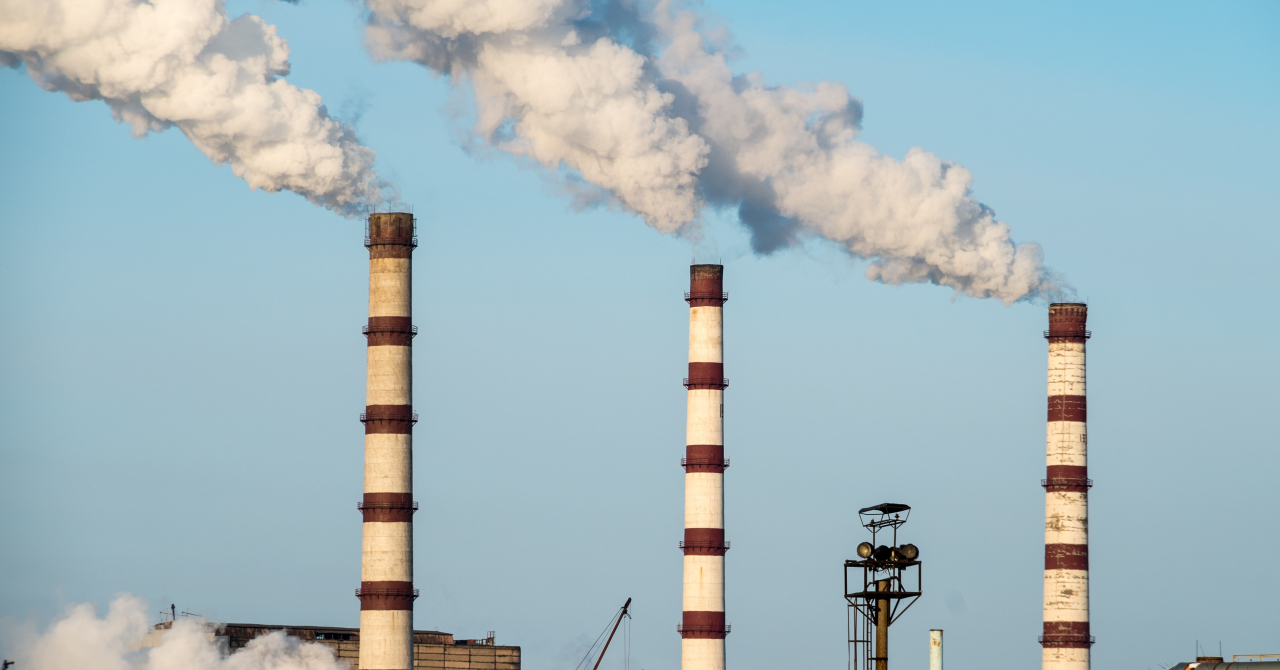According to The Guardian, the Covid-19 pandemic and the subsequent lockdowns that happened around the world meant that the energy industry had to resort to planning new coal power plants in 2020, especially in China.
The total coal power capacity in development fell significantly last year, from 525 GW to 457 GW, a 13% decrease, and the number of countries that planned new coal-powered plants fell as well, from 41 at the beginning of 2021, to 34, according to a report made by the Global Energy Monitor.
Also, less old coal-powered plants were taking out of service, resulting to only around 25 GW of coal power being decommissioned last year, which means that the electricity resulted from burning coal rose by 9% in 2021, more than making a comeback from the 4% decrease in 2020.
According to the authors of the report, "coal's last gasp is not yet in sight", despite the fact that countries agreed to slowly phase down coal powered stations last November, at the Cop26 UN climate summit.
Also, last year, the International Energy Agency stated that if we want to limit the global warming rate to 1.5 degrees Celsius, no new fossil-fuel powered plants should be built.
This might have devastating effects on the environment, as scientists from the International Panel on Climate Change (IPCC) stated that the world would more than exceed the 1.5 degree Celsius limit without fast reduction in greenhouse gas emissions.
Flora Champenois, member of the Global Energy Monitor and one of the report’s authors, said that “the coal plant pipeline is shrinking, but there is simply no carbon budget left to be building new coal plants. We need to stop now. The latest IPCC report’s directive for a fighting chance at a livable climate is clear – stop building new coal plants and retire existing ones in the developed world by 2030, and the rest of the world soon after.”
The current conflict between Russia and Ukraine also took its toll on the situation, driving gas prices higher, making coal more the more financially attractive option to use.
Lauri Myllyvirta, lead analyst for the Center for Research on Energy and Clean Air, and co-author of the report, said that this could have some positive effects on some countries, including some in Europe, that have been exploring cleaner energy sources in the past.
He said that "it’s really important to note how much movement there has been towards clean energy and efficiency in response to the invasion."
China is one of the countries that has more coal-powered plants in the works compared to any other in the world, but analysts say that there is hope, as the Chinese government aims to increase the deployment of clean energy sources by 2025, which should mean that less coal will be used for the production of energy.
There are still more than 2.400 coal power plants around the world that operate in 79 countries, and their total capacity is around 2.100 GW. Of all of them, only 170 are not in a phase out plan that should take place soon, but at the same time, too few of them will be decommissioned in time for us to meet our climate targets.
 Mihai - Cristian Ioniță
Mihai - Cristian Ioniță












Any thoughts?